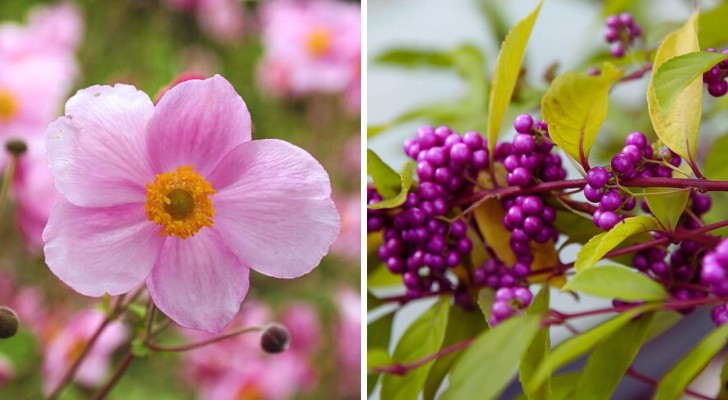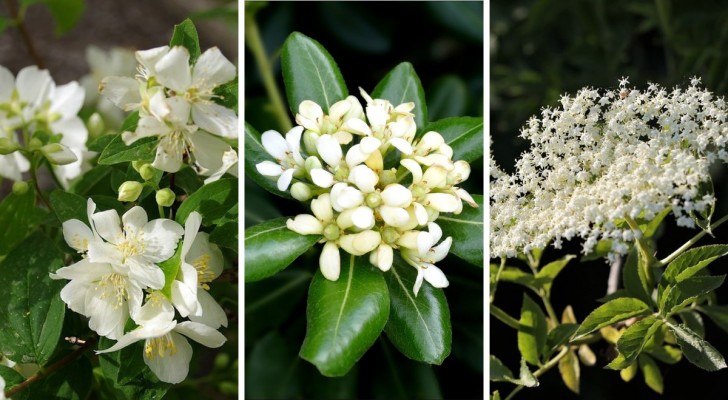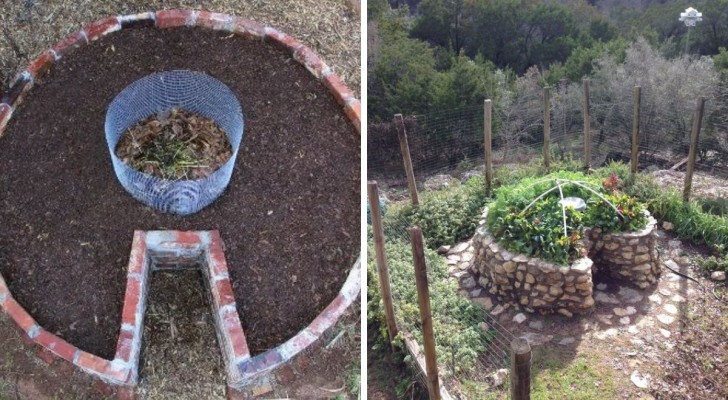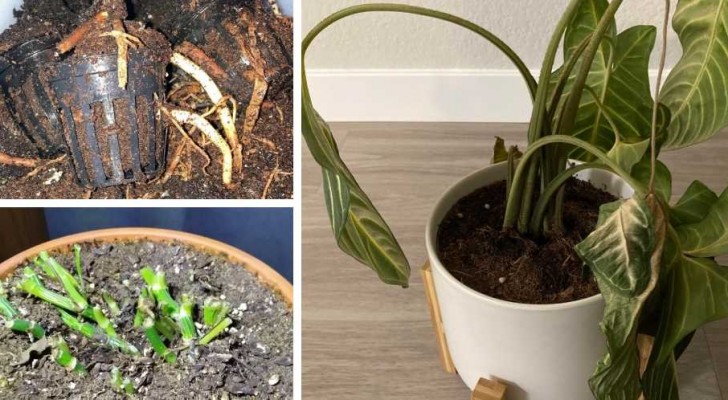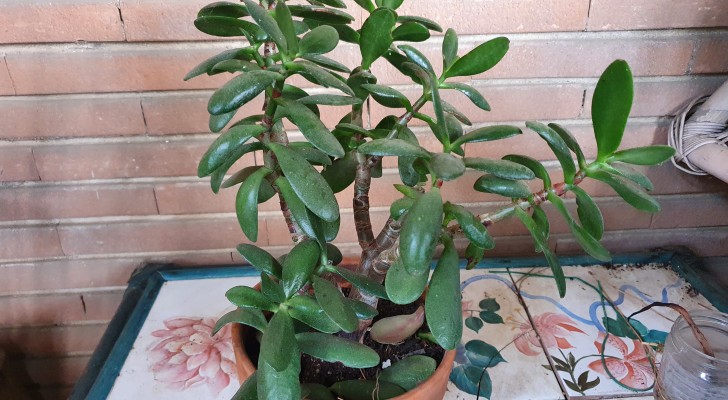Black spots on the leaves of your roses? Find out how to cure this

The so-called "black spot" is a disease that often affects many types of roses, and is fungal in nature (Diplocarpon rosae). It appears as a series of black or dark purple, circular spots, which appear on the leaves and are often surrounded by yellow staining / haloes. The leaves affected by these spots usually fall off before the others and appear as if they are dried out.
Although it is a rather common and overlooked problem, it actually reduces the plant's vigor. Therefore, when it is very wide spread or affects a small plant or that is already struggling to grow, it is necessary to act promptly. So how do we control this disease and keep our rose plants protected? Read on to find out more:
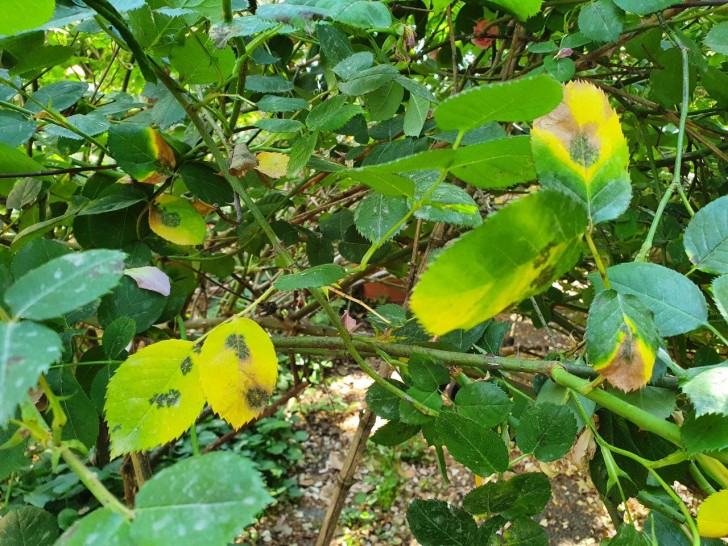
Creativo
Leading horticultural experts, although they recognize the risks posed by this fungus, continue to recommend using pesticides and chemical cures only as a last resort and, in any case, always in minimal doses. Preventive methods should therefore always be the preferred route to go in maintaining healthy conditions in the care of the garden, and exploiting the natural enemies of many pests. This includes making a careful choice of the most resistant plants, and inquiring about the various species and cultivars.
Non-chemical remedies:
- Collect and destroy (usually in a bonfire) the leaves that fell in autumn; or bury them under a thick layer of mulch (at least 5 cm) from a natural source. This will protect the plants from the winter cold, reduce soil moisture loss, decorate the flower beds and prevent weeds from growing. And it also works to prevent the spread of the fungus, and the appearance of black spots developing on neighboring plants. The type of mulch recommended is that of tree bark, mature compost, manure, gravel, sand and slate flakes.
- When pruning the roses in autumn, remove the branches that are damaged. And if you notice others that are damaged at the end of the season and / or early spring, cut these off too: this will delay the possible appearance of the fungal disease.
- Gather up any leaves that have black spots on them and that have fallen off, and destroy them (they can be burned, for example) so that the spores do not spread.
Then there are a series of topical and DIY remedies that you can try: however, remember that these should be used as soon as the first symptoms appear, otherwise they will have very little effectiveness.
- Baking soda: Dissolve a teaspoon in a liter of water in a spray bottle. Also add a teaspoon of liquid dish washing soap (preferably organic). Using Marseille soap or soft potassium soap is better, but both should be of "pure" formulation, without additives, perfumes and similar. Spray the mix on the leaves abundantly. It works best as a preventative method, and helps to stop the fungus from taking a foothold.
- Organic fungicide possibly followed by Neem oil: organic fungicides are generally horticultural soaps (such as soft potassium) to which sulfur is added. And they are always applied by diluting them in water according to the instructions and spraying them on the leaves. If you have used a sulfur-based product you can then use Neem oil: it can penetrate the plant, so just administer it once, and it is best to do this when the temperatures are still not too high or during the hottest hours of the day because there will be a risk of burning the leaves.
Have you had any problems with black spots on your roses?
